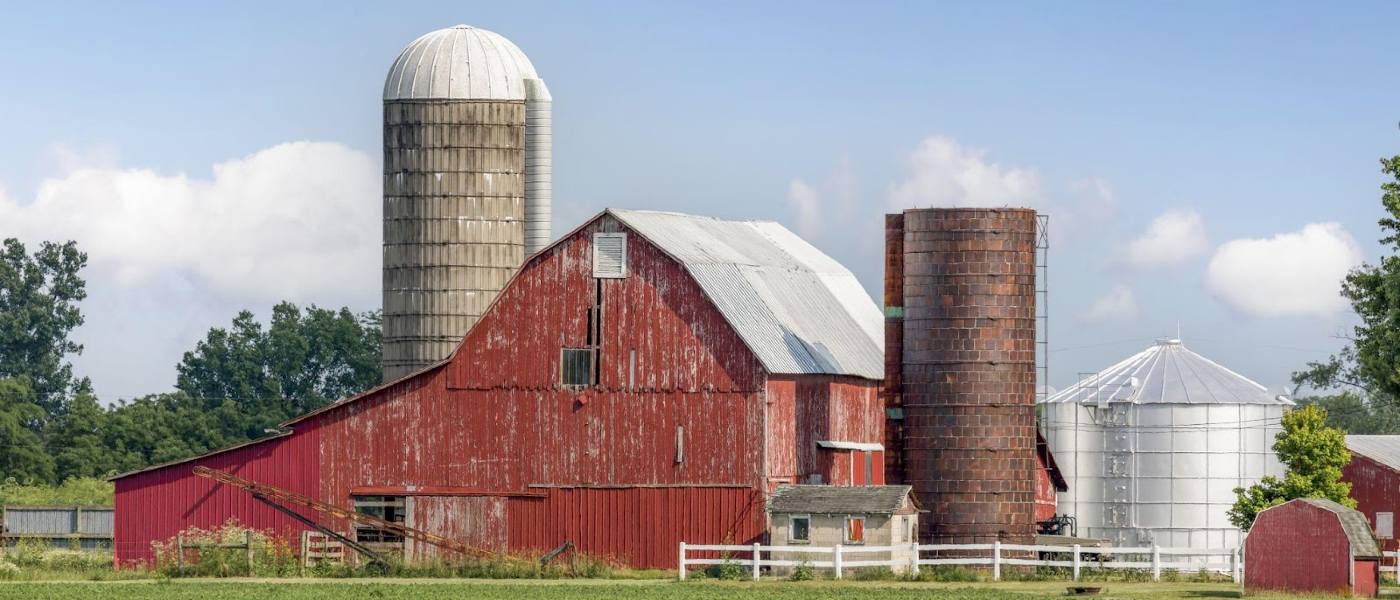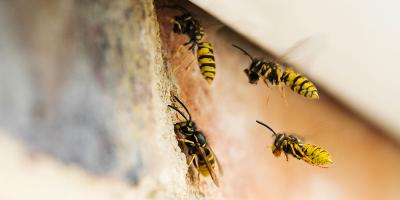How to Protect Your Barn from Carpenter Ant Damage

Barns are iconic structures that characterize much of New England. These beautiful landmarks feature on scenic tours, TV and films, and just about any postcard from the Kancamangus Highway.
As much as most people appreciate them, when barns age they are quick to decay, especially with no one to help sustain them. You could blame this on the elements, as well as people losing interest in their barns or not wanting -- or able -- to pay the hefty fees to refurbish them. Another culprit, perhaps the one that barns are most susceptible to, is the carpenter ant.
What Are Carpenter Ants?
Carpenter ants are nesters by nature. They burrow through the wood, not with intent to eat it, but instead to create smooth tunnels for their colonies to nest and live in. These ants measure approximately ⅝ inches, and are typically red, black, or a combination of the two, have six legs, and can be found throughout the United States.
Why They Choose Their Target
As the tunneling continues, the wood that is housing the colony becomes weaker. But how do these creatures become attracted to the wood supporting your barn to begin with? If the wood in the barn is damp or damaged, carpenter ants will take notice and make their move. Other reasons that these buggers might be bugging your barn could include:
- Age of the structure of the barn. Older barns are more susceptible because the wood has a higher chance of being damaged.
- Wood may be less protected than the wood used on houses. As mentioned above, as a barn gets older and people spend less time and money on preserving their barn, these ants may move in.
- Animals often inhabit the barn and can be a source of food for these tunneling creatures.
- Firewood is often stored in and around the structure, providing a potential tunneling location to start with before moving on to the barn structure.
- Another nest is nearby. This is a sign to the colony moving in that it is safe to inhabit the area.
The Hiding Places
Common places where you will often find carpenter ants are chimneys, attics, walls, doors, windows, and crawl spaces. Without careful attention, carpenter ants can quickly destroy a barn.
In fact, as soon as you notice the signs of their existence on the property, it may be too late to save the structure. For this reason, it is important to learn the earliest signs indicating your barn is hosting these unwelcome visitors.
Keeping them out is easier said than done and it is best to leave this type of work to a pest professional. At JP Pest, we have extensive services when it comes to eradicating these ants and protecting your barn from having them reappear the following season.
The Warning Signs
Some can’t-miss carpenter ant signs to look out for in and around your barn include:
- Wood shavings
- Hollow wood
- Ant wings
- Actual ant sighting
Any or all of these signs could mean that you are sharing your barn with a pest that is not willing to leave on its own. As the wood gets weaker and the ants burrow further into the structure, we have less of a chance of protecting your barn.
It’s All About Comprehensive Control!
Integrated pest management, commonly referred to as IPM, is a system of preventing or treating pests in a way that limits any negative risks to people, animals, and the environment surrounding your home. Our methods keep everyone’s safety in mind. When following IPM protocols, the four goals include biological control, cultural control, physical control, and chemical control.
With these goals in mind, some of our tactics might involve practical applications like stump removal, as well as recommendations that firewood is kept away from the barn, and, as a final resort, the careful and precise application of pesticides to any trees surrounding the barn, if necessary.
Have you spotted any of the warning signs in or around your barn? Come learn more about our Home Protection Plan and see how it’s possible to get rid of these tunneling pests, year-round.



